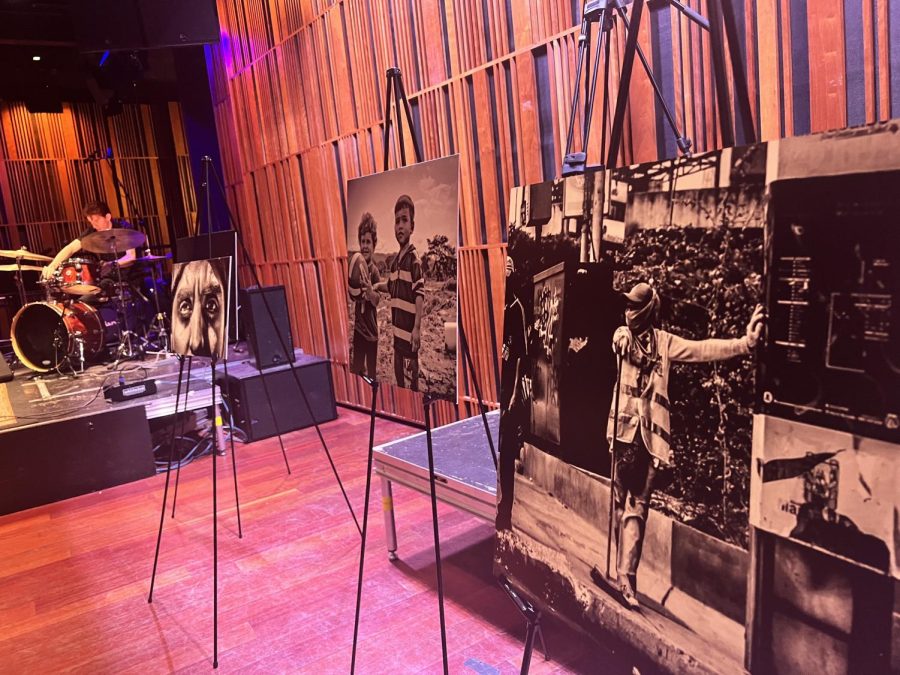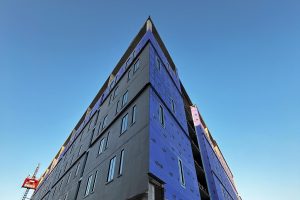Latinx Media Representation students highlight Venezuelan photographer in exhibit
October 20, 2022
Venezuelan photographer Cesar Rodriguez’s work featured in the La Mejor Venezuela Exhibit, which took place Oct. 19 at the New Orleans Jazz Museum, highlighted a component of the Latine diaspora that is often disregarded in the media, according to mass communication professor Ty Lawson.
Loyola’s Latin Media Representation class hosted the exhibit, featuring images by Rodriguez depicting Venezuelan people and culture, at the museum.
“Unfortunately, most Americans do not think of Venezuela beyond the economic and political problems shown in the media,” he said. “La Mejor Venezuela is our chance to show the English translation of the exhibit title – The Best of Venezuela,” Lawson said.
Rodriguez shot hundreds of images chronicling life in Venezuela while he was ages 14 to 23, before he fled the country amid its political crisis, according to Lawson.
Venezuela was experiencing an ongoing political crisis at the time of Rodriguez’s photography, which began during Hugo Chavez’s presidency and has continued through Nicolas Maduro’s term, according to the Congressional Research Service.
Research by the Congressional Research Service also cited problems in the country as a reduction in oil production because of a lack of maintenance, unemployment, a lack of food and health services, and high crime and mortality rates, all of which have resulted in a widespread diaspora from the country.
Rodriguez said he hopes that his photos will help people understand and remember how it was during this time of crisis.
“These photos can be a mirror of history and a portal to reflect around these issues the people were facing,” Rodriguez said.
Rodriguez’s passion for photography was kindled as a child by National Geographic magazines and the nature photos they contained. He recalls getting his first camera and feeling compelled to capture subjects he felt were often overlooked, such as small insects.
“I spent most of my hours in green spaces, backyards, and parks trying to reveal the things that were there but we didn’t pay attention to,” he said. “It was like meditation for me,” Rodriguez said.
His enthusiasm for capturing Venezuelan people and culture originated out of his ambition to photograph subjects that he felt were underrepresented. Rodriguez became more interested in portraying what Venezuela represents through the face of its people rather than its government.
Drawing influence from Swiss photographers Walker Evans and Robert Frank, Rodriguez aimed to bring more dramatic aspects to his photos by having them exclusively in black and white.
Rodriguez encourages students to reflect on the faces of the individuals depicted in the La Mejor Venezuela exhibit and their conditions amid the country’s current political instability.
Prior to the event, students from the course worked with Rodriguez to select which photographs to present in the exhibit, as well as to discuss his work and what inspired him to take these photographs.
“What they curated is something special,” Lawson said. “Cesar was pleased at what they chose.”
Journalism senior Katherine Salinas enjoyed hearing about Rodriguez’s perspective of the images and hopes that they successfully portray to exhibit attendees that there is more to Venezuela than the government in power.
“Many Latin countries struggle with those who are in control and corruption, but as time progresses, it can feel as though the rest of the world has moved on,” she said. “In reality, the citizens of Venezuela are more than just their government, and through these photos, I hope their perspectives and lives are better appreciated and understood,” Salinas said.









